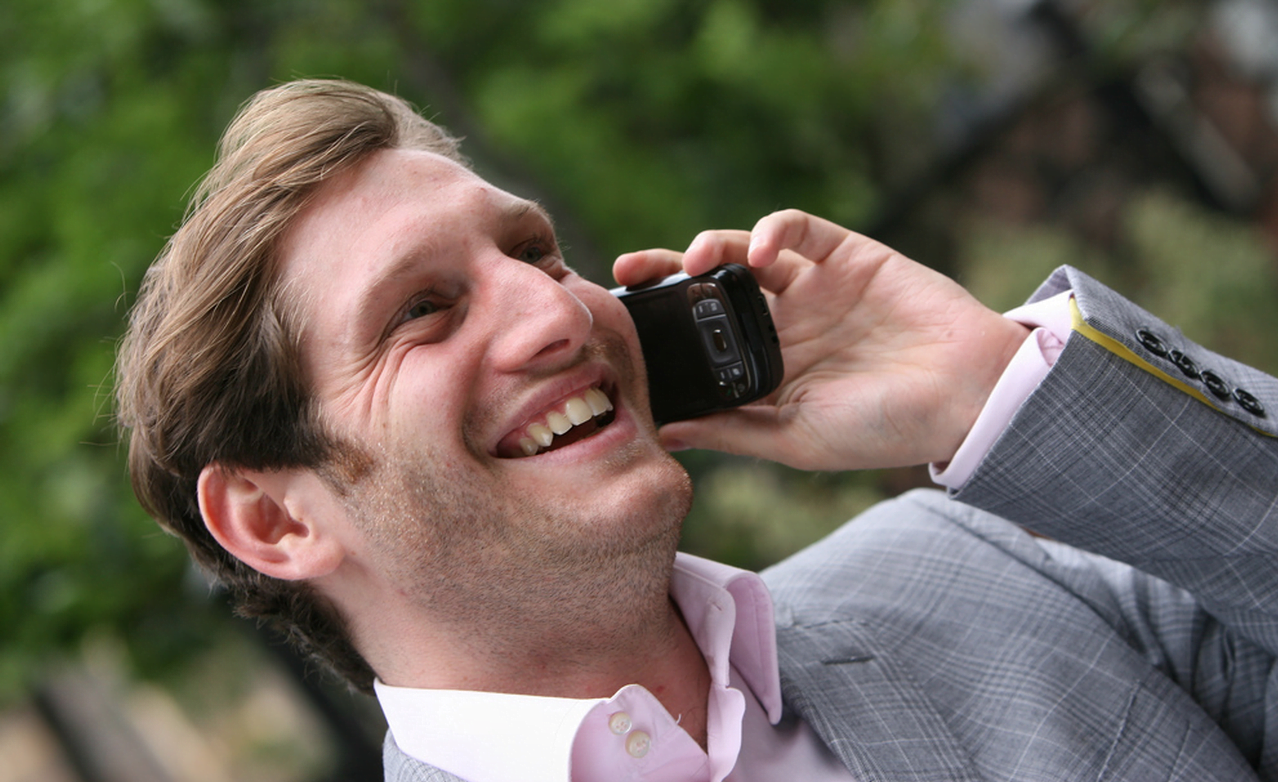If you are reading this article on a smartphone, you are holding an object that can connect you to millions of people across the globe. However, not all of these connections are made with your voluntary consent. Aside from allowing you to text, tweet, and Facebook message, your phone influences the lives of people whom you will never even meet. In today’s globalized world, your links to human rights abuses across the globe are more common and closer to home than you might think.
A recently released BBC documentary provides an undercover look at the harsh working conditions for workers in Chinese factories that assemble iPhones. But is it only iPhone users that should feel guilty, and only assembly lines that are cause for concern? Unfortunately, the answer is no. Here are four ways your smartphone may be connected to human rights violations.
-
Conflict minerals
Many smartphone components–and those in computers, laptops, and video game consoles–are made from the “3 T’s:” tin, tungsten, and tantalum. These critically important minerals are linked to bloody conflicts in the Democratic Republic of Congo and surrounding countries such as Rwanda.
As documented in a 2001 U.N. report, the conflict in Congo is notorious for serious violations of human rights, including massacres, violence against women, and the use of child soldiers. While the country has abundant natural resources, these resources are partly a curse; armed groups from the Congo and surrounding countries continue to wreak havoc in eastern Congo by fighting for power and access to these precious mineral resources. By trading these minerals, they are able to finance more campaigns of brutal violence against civilians. At the height of the tantalum boom in 2001, the UN estimated that rebel groups in the Congo were earning $20 million a month from mineral exploitation, though the number has since fallen.
-
Forced and child labor in the mines
The human rights violations caused during the mining of these minerals is a whole other issue. Due to the hazardous conditions and strenuous work, child labor in mines is categorized as one of the worst forms of child labor. However, mining is an industry that sees a particularly high incidence of forced and child labor—the children’s small size makes them highly desirable workers, as they can access more narrow tunnels.
Even if the minerals in your phone are conflict-free, they may not be free of child labor. As documented by the U.N. report and other sources, Congo rebel groups use forced and child labor. However, so do many mines throughout the rest of the country and other countries around the world. The BBC documentary mentioned earlier, for example, shows children digging tin ore out by hand in extremely dangerous conditions in Bangka, Indonesia.
-
Poor labor conditions in the factories
The BBC documentary found that standards on workers’ hours, ID cards, dormitories, work meetings, and juvenile workers were being breached at Pegatron factories for Apple products in China. Mandatory overtime (workers were filmed falling asleep on their 12-hour shifts) and overcrowded dormitories were two of the highlighted offenses.
This is only the latest in many journalistic pieces about poor conditions in Chinese factories. Foxconn–a Taiwanese-based company that works for Apple, Microsoft, IBM, Samsung, Amazon, HP, Dell, and Sony–has received widespread news coverage because of numerous cases of employee suicides, suicide protests, and riots in their factories in China. In 2013,Samsung was sued by the Brazilian Ministry of Labor over precarious working conditions at a manufacturing company in Brazil. In fact, a report compiled by Not for Sale in the U.S. and Baptist World Aid in Australia found that of the big electronic firms like Apple, Microsoft, Sony, and Samsung, only Nokia could prove that it pays its workers a living wage.
-
Electronic waste
Ever wonder what happens to your high-tech trash after you upgrade to a newer model? After leaving your hands, old phones often travel to impoverished places across the globe, forming huge piles of electronic waste. There, recycling takes an ominous form. Smartphones have hazardous chemicals inside that need to be disposed of properly. However, in many developing countries, informal recycling methods pose serious health risks to the workers involved. In places like Ghana, Delhi, and China, both children and adults break down old devices to salvage the metals and minerals inside in order to sell them to recycling merchants. Greenpeace, the Basel Action Network, 60 Minutes, and others have posted reports of workers burning plastic, handling toxic lead and cadmium, and living in an environment where neither air nor water is safe to intake.
According to the World Health Organization, exposure to dangerous materials inside old phones such as lead, cadmium, and mercury can cause irreversible neurological damage and threaten children’s development. In the e-waste capitals of the world — Guiyu, China and Agbogbloshie, Ghana are two such examples — one can also find the highest level of cancer-causing dioxins on the globe.
From minerals to trash, the brief life of your smartphone bears a heavy human toll. As a consumer, you must be aware of the ways in which your electronic goods connect you in unwelcome ways to human rights abuses around the world — and demand accountability from tech businesses so that you can break this connection.
